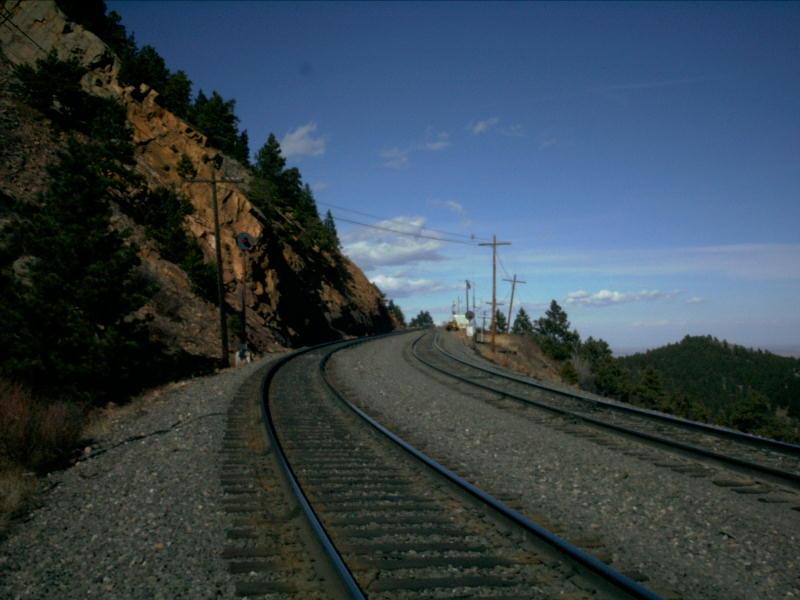
View
Resistance
When a train goes around a curve there is consideralbe in increase in resistance. This resistance causes extreme ware and tare on the rails and wheels. To reduce the friction, railroads resort to greasing the rails. According to Gort's Guide to Track-Train Dynamics, when a train is going around a curve there is a considerable increase in resistance depending on the sharpness of the curve. For our purposes, we use an increase of resistance of one pound per ton for each degree of curve. Let's look at our 10,000 ton train, which takes 50,000 pounds of tractive force to balance the speed on flat, tangent track. Let's add in a two-degree curve. Now, the forces on the moving train will be:
Resistance/Rolling is 5 pounds per ton
Resistance/Curve is 2 pounds per ton (two-degree curve)
Total resistance of the train is 7 pounds per ton
Multiply weight of train by total resistance of train-----
10,000 multiply by minus 7 = 70,000 pounds resistance